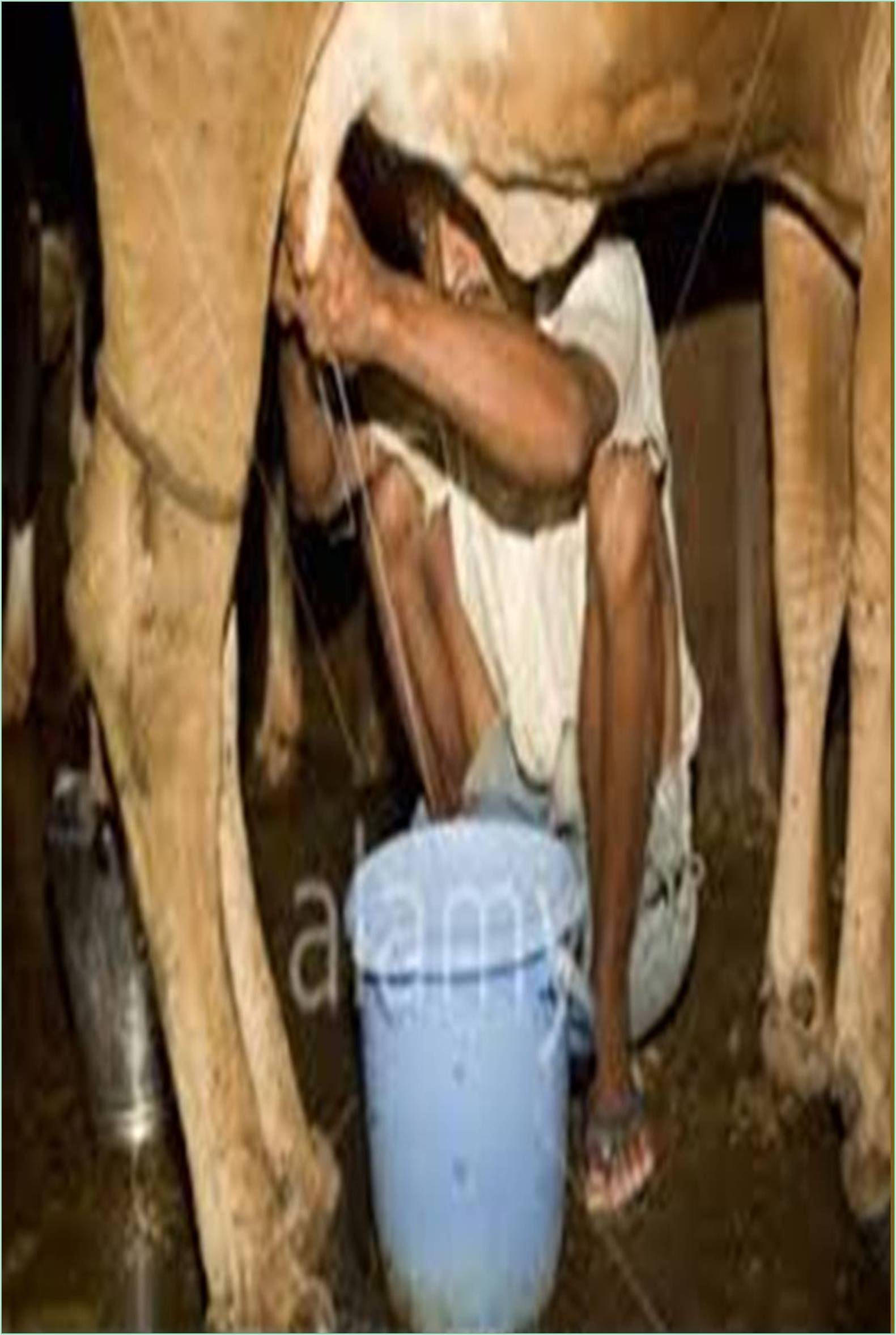



Published: 31-Aug-2021
Global journal of dairy farming and milk production mainly deals with all the related topics regarding dairy farming and milk production and dairy products this journal publishes all the articles related to those topics it is a peer reviewed journal and publishes the articles in time and if there is any issue regarding the publication it resolves within one day. As we all know now a days dairy farming has more advanced and upcoming techniques as we all know in olden days people used to take at most care but though the animals get any infection or problems there is no medication or veterinary facilities to resolve it but now a days it is very easy for people to solve the issue because of rapid grow of dairy farming and its advanced products though it is an advantage it is also a disadvantage to the animals as the techniques increases machines increases and the main part is the animals to have feelings in olden days people used to take the milk out but now animals udders are fixed in machines and it is a pain full process for the animal to give milk out and machines don’t care about the pain and that animals are given injections to give more milk and they are artificially inseminated with the use of some advanced techniques in order to give more milk and the calf’s are getting killed for meat purposes feeding of the animal is also changed compared to the olden days mostly dairy cows are fed with ninety per cent of grass and farmers do believe that high protein food may result in increase of the milk production and the most milk procedure preferred is full hand milking but if there are more cows machine process is preferred and the milking will be easy and fasten. Embryo production is artificially done now days in order to increase the selected females it is done in both vivo and vitro procedures therefore good qualities of embryos are selected. This helps to improve the quality breeds and also helps to the major production of the milk. There are some disadvantages too this artificial embryo transfer is very expensive because the drug that are used is very high of cost and they are used for first few months of pregnancy it is very stressful and painful for the patient who is taking the treatment. This embryo is collected seven days after the oestrus is produced Holstein Friesian cows produce more milk when compare to all the cows around the world they produce about 70 kgs-80 kgs of milk with in twenty four hours. To maintain the cow and calf pair at least we should have one to one and half acre of grass land for maintaining it for 12 months moreover humans consume mostly buffalo milk and then cow milk and then goats milk and then sheep’s milk and the lowest cost feeding for dairy animals are corn residue. It is mostly available in any areas and it is very less cost.
I thank my professor for his support in my study.
Author declares there is no conflict of interest.